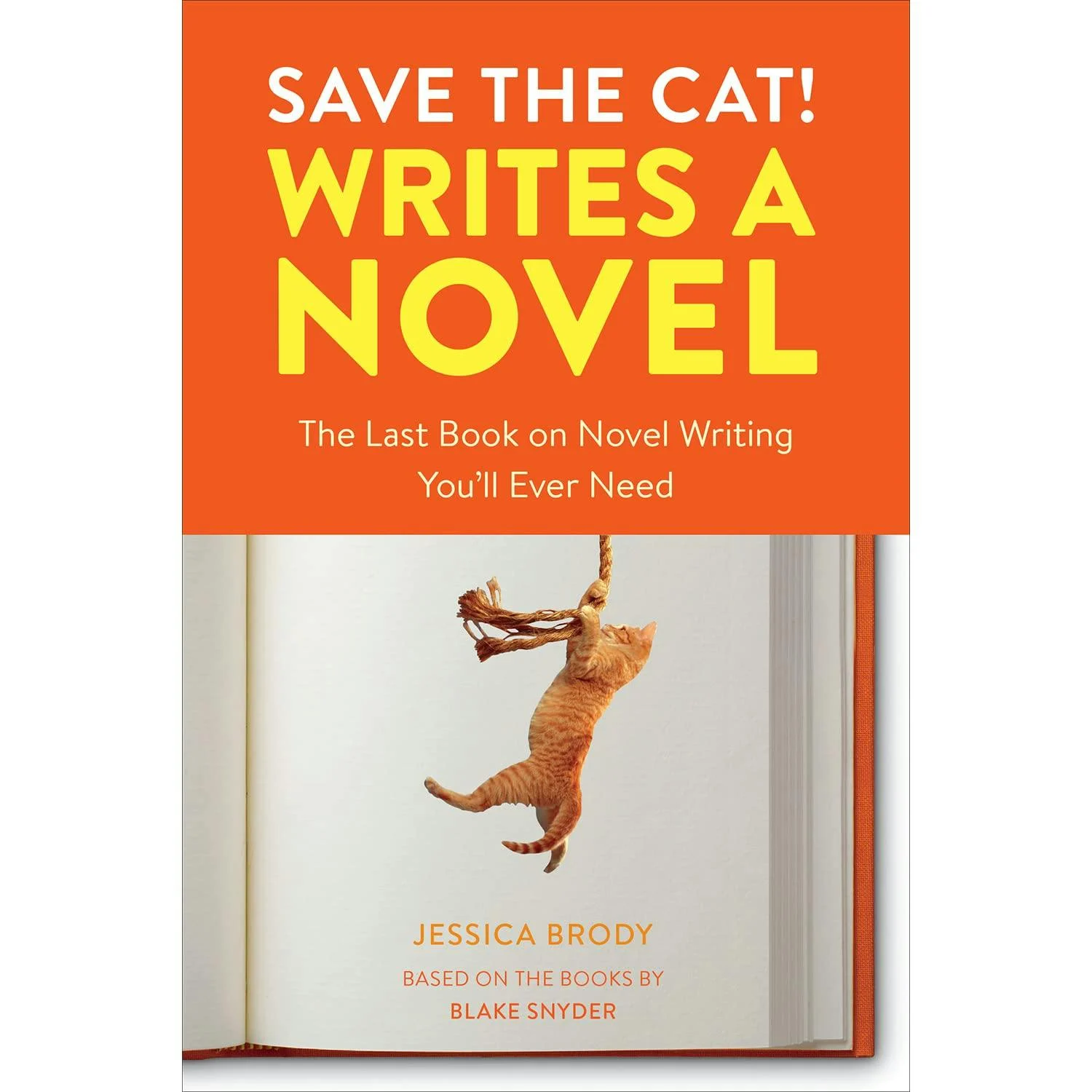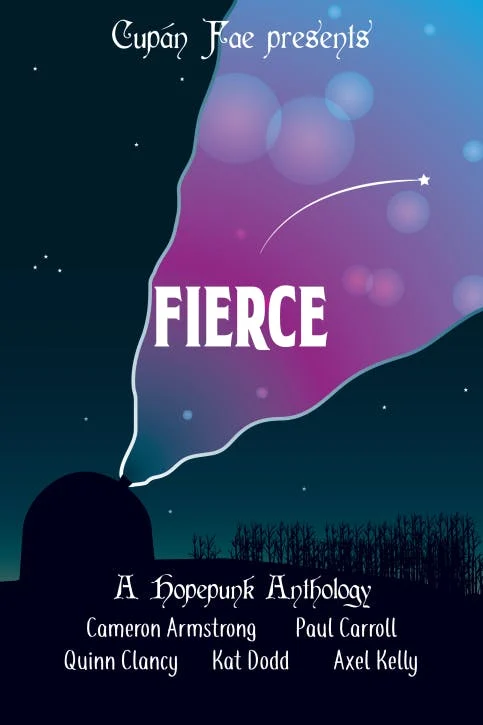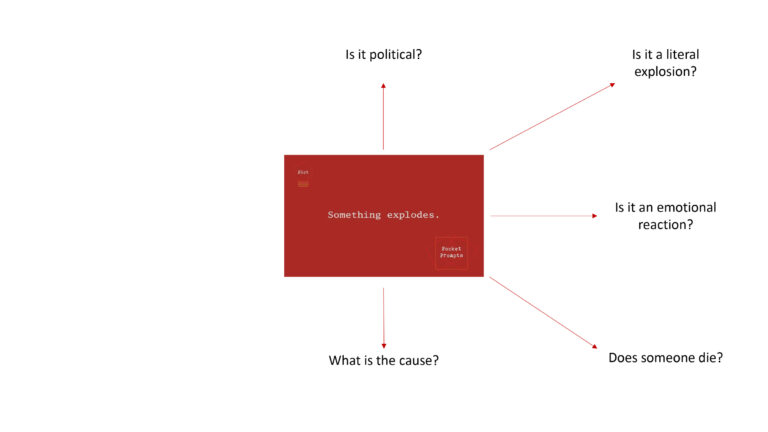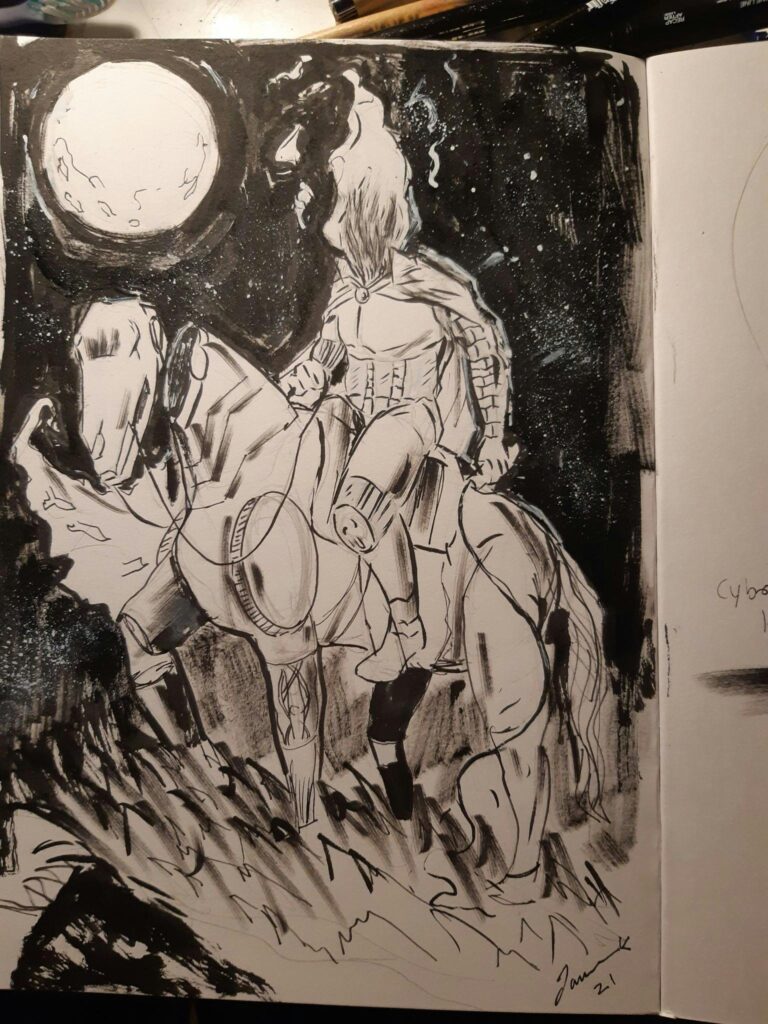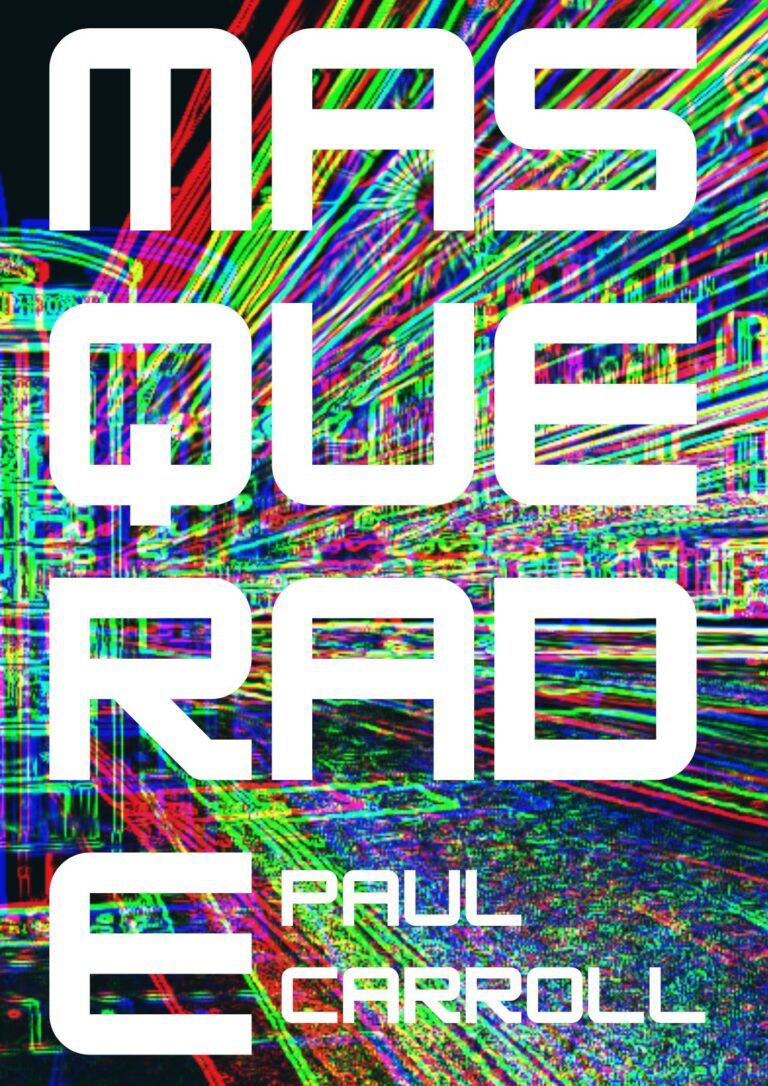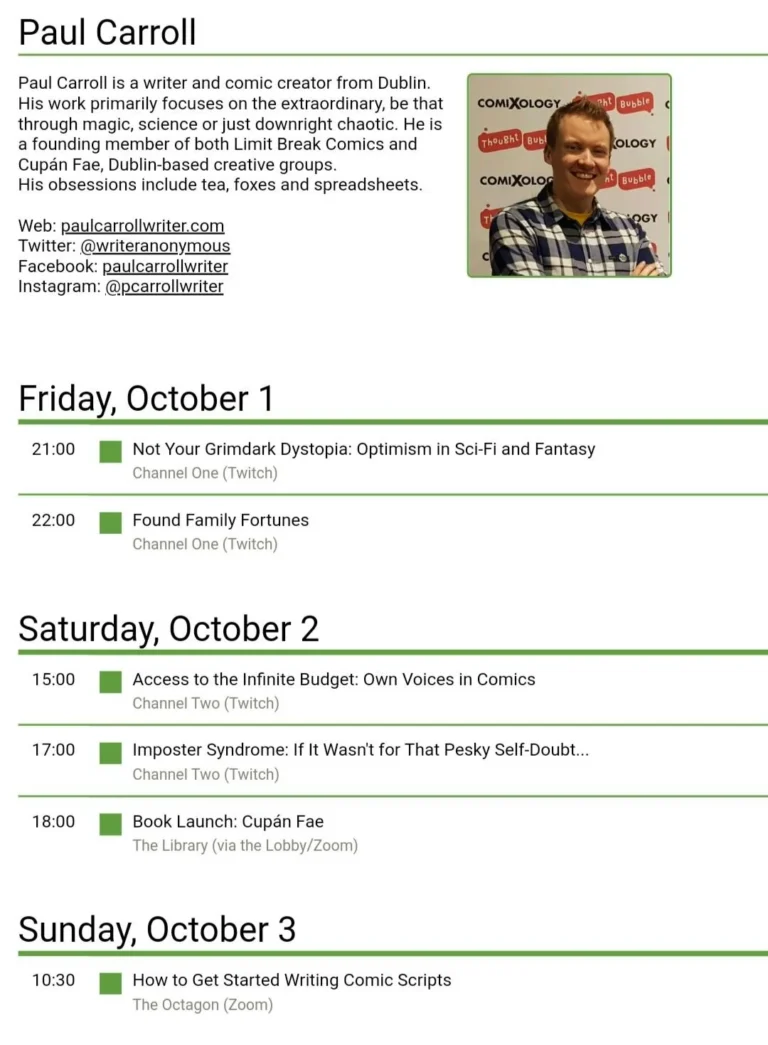Save the Cat! Writes a Novel – Review
Many a year ago, I picked up a book on screenwriting called Save the Cat! – it’s been sitting on my bookshelf ever since, unread. Buying books and reading them are two separate hobbies.
I was, of course, familiar with the name of the book then when Save the Cat! Writes a Novel by Jessica Brody was suggested as Cupán Fae’s bookclub choice. We read the books slowly – always a craft book, to get around the otherwise restrictive choices in genre fiction that would appeal to all of us – and discuss a few chapters at a go. Helen even made a spreadsheet for it. Last night, we finished our discussion of Brody’s follow-up text to the screenwriting book that’s been taunting me for years.
What does it mean to save the cat?
The title comes from the moment in a story when a character who would otherwise be somewhat reprehensible redeems himself through one good act near the start of the story – like saving a cat. Blake Snyder coined the term for his book, and it’s stuck around since.
How does the method work?
Save the Cat! is about more than just one moment in the story. It’s a beat sheet, to plot out the important moments in the story according to a tried and tested structure. Fifteen beats divide the story across three acts, some of which are single-scene beats, others of which are multi-scene beats.
Where does Brody come into it?
The original book is targeted at screenwriters. Brody, a novelist, adapted the method of plotting for novels. As part of this, she noted the percentages for beats, to help writers determine the approximate word count or position of the beat in their own story.
I liked it, and I made my own spreadsheet out of it to help myself – and others – create their own beat sheet more easily.

You’ll need to read Brody or Snyder’s books to fully understand what each of the beats mean, but for anyone who’s already been taken by the Save the Cat! methodology, the above spreadsheet is already available on Ko-fi for free.
What did I think of the book?
I have mixed feelings about it, if I’m being honest. Partly this comes down to Brody’s means of addressing the Save the Cat! genres (which are annoying named as such, given they aren’t book genres.) Where she was comfortable and familiar with a genre, it showed. Where she didn’t write or read a genre too much, that became painfully apparent.
Though, a lot of that sentiment is aimed at the final genre chapter in the book – Monster in the House – which I found to be too reductive and restrictive of the horror genre. Brody also made a point of referring to Frankenstein’s monster as the monster in the story… even though Victor is the monster. And there is no one house. It felt like a stretch.
Would I recommend it?
It’s certainly a useful tool. I plan on using the methodology going forward, at least to help provide some structure on books where I might have otherwise been struggling. I would actually recommend reading the chapters slightly out of order. Before she begins explaining each of the Save the Cat! genres, the final chapter offers important notes on a board, and on fundamental beats to help build a story; they felt too important to leave at the end of the book, particularly when the content is directly tied to the breakdown of the methodology at the start of the book.
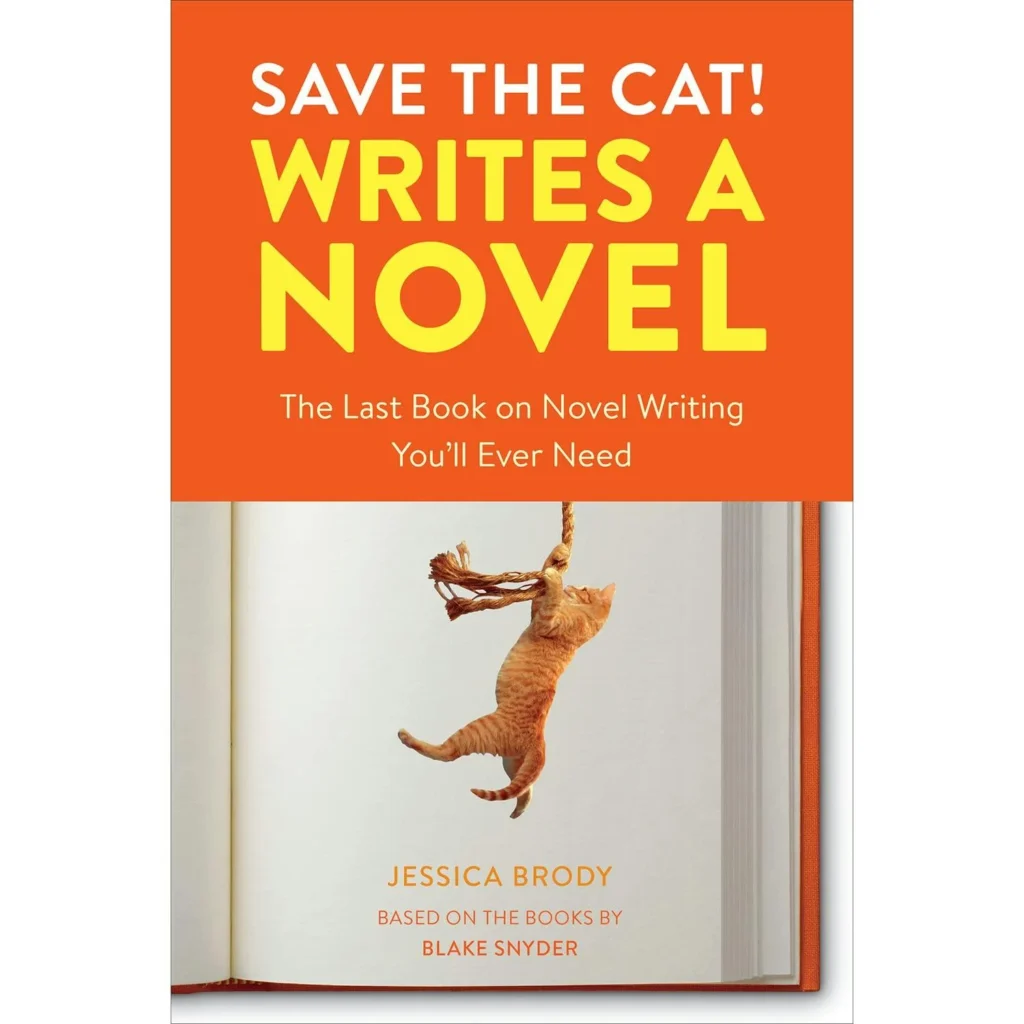
The book is readily available, though Irish bookstores may need to place a special order for it with a US supplier.
